Home>Gardening & Outdoor>Plant Care & Gardening Tips>How To Make Wildflower Seed Balls
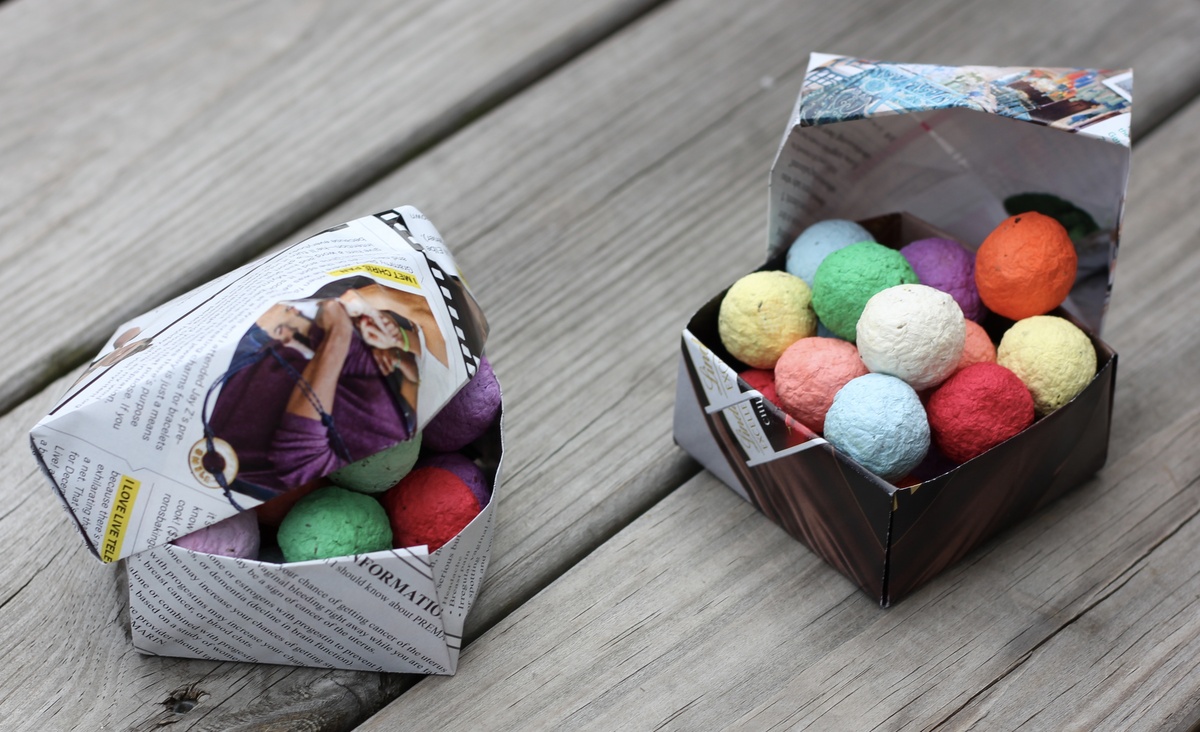

Plant Care & Gardening Tips
How To Make Wildflower Seed Balls
Published: December 25, 2023
Learn how to make wildflower seed balls and improve your plant care and gardening skills with our expert tips. Create beautiful wildflower displays in your garden effortlessly.
(Many of the links in this article redirect to a specific reviewed product. Your purchase of these products through affiliate links helps to generate commission for Storables.com, at no extra cost. Learn more)
Introduction
If you're passionate about supporting local wildlife and adding a vibrant burst of color to your surroundings, creating wildflower seed balls can be an enjoyable and eco-friendly endeavor. These seed balls, also known as seed bombs, offer a simple and effective way to disperse seeds and encourage the growth of wildflowers. Not only do they contribute to the beauty of the environment, but they also provide essential nourishment for bees, butterflies, and other pollinators.
The process of making wildflower seed balls is both straightforward and rewarding. By following a few simple steps and utilizing basic materials, you can craft these seed balls and contribute to the flourishing of natural habitats. In this guide, we will walk you through the process, from preparing the clay to planting the seed balls, empowering you to make a positive impact on your local ecosystem.
As we delve into the art of crafting wildflower seed balls, you'll discover the joy of connecting with nature in a meaningful way. Whether you're an avid gardener or a nature enthusiast, this project offers a delightful opportunity to nurture the environment while witnessing the beauty of wildflowers blooming in various spaces, from backyard gardens to community green areas. Let's embark on this journey together, embracing the simplicity and charm of creating wildflower seed balls to enrich the world around us.
Key Takeaways:
- Crafting wildflower seed balls is a fun and eco-friendly way to support local wildlife and add vibrant colors to your surroundings. It’s easy to do and helps nourish bees, butterflies, and other pollinators.
- By making and planting wildflower seed balls, you can create beautiful, biodiverse landscapes that attract pollinators and enrich the environment. It’s a joyful way to connect with nature and make a positive impact on your local ecosystem.
Read more: How To Make A Bird Seed Ball
Materials Needed
Before embarking on the delightful process of creating wildflower seed balls, gather the following materials to ensure a smooth and enjoyable experience:
- Clay: Opt for natural, unprocessed clay, which can be found at art supply stores or online. The clay serves as a protective casing for the seeds, safeguarding them from harsh environmental conditions.
- Compost: Incorporate compost to provide essential nutrients for the seeds, promoting their initial growth once planted.
- Wildflower Seeds: Select a diverse array of wildflower seeds, encompassing native species that thrive in your specific region. This variety will contribute to a rich tapestry of blossoms, attracting a myriad of pollinators.
- Bowl: Use a large mixing bowl to combine the clay, compost, and seeds thoroughly.
- Water: Have a small container of water on hand to moisten the mixture, aiding in the formation of the seed balls.
- Newspaper or Parchment Paper: Lay out newspaper or parchment paper to dry the seed balls, preventing them from sticking to surfaces.
- Drying Rack: Prepare a drying rack or a flat surface where the seed balls can air-dry undisturbed.
- Outdoor Space: Allocate a suitable outdoor area for planting the seed balls, ensuring they receive ample sunlight and water for germination.
By assembling these basic materials, you are well-prepared to embark on the fulfilling journey of crafting wildflower seed balls. Each component plays a vital role in nurturing the seeds and fostering their growth, ultimately contributing to the flourishing of vibrant wildflowers in your surroundings.
Step 1: Preparing the Clay
Embark on your wildflower seed ball crafting journey by preparing the clay, which will encase the seeds and provide protection as they germinate. Follow these simple yet crucial steps to ensure the clay is ready for the next stages of the process:
- Break Down the Clay: Begin by breaking down the natural, unprocessed clay into small, manageable pieces. This will facilitate the blending process and ensure that the clay is thoroughly mixed with the other components.
- Create a Workable Texture: Place the clay pieces in a large mixing bowl and gradually add water while kneading the clay. Aim to achieve a pliable, workable texture that is neither too dry nor overly wet. This step is essential for molding the clay into seed balls effectively.
- Achieve Cohesiveness: Continuously knead the clay to achieve a cohesive consistency, ensuring that it can be easily shaped into compact balls. The goal is to create a uniform texture that will securely encapsulate the seeds and compost.
By meticulously preparing the clay, you lay the foundation for the successful formation of the wildflower seed balls. This initial step sets the stage for seamlessly integrating the seeds and compost into the clay, culminating in the creation of protective and nourishing spheres that will foster the growth of vibrant wildflowers.
Step 2: Mixing in the Seeds
As you progress in the enchanting process of crafting wildflower seed balls, the next pivotal step involves integrating the diverse array of wildflower seeds into the prepared clay. This step is crucial for dispersing the seeds evenly and ensuring that each seed ball contributes to a rich tapestry of blossoms. Follow these essential guidelines to seamlessly incorporate the seeds into the clay:
- Select a Variety of Seeds: Choose an assortment of wildflower seeds that encompass native species thriving in your specific region. This diversity will contribute to a vibrant and resilient ecosystem, attracting a myriad of pollinators and enhancing the visual appeal of the landscape.
- Create a Balanced Mixture: Combine the selected wildflower seeds with the prepared clay, ensuring an even distribution of seeds throughout the mixture. This balanced fusion will facilitate the growth of a diverse array of wildflowers, enriching the environment and providing nourishment for local wildlife.
- Aim for Uniformity: Thoroughly blend the seeds into the clay, striving for uniformity to guarantee that each seed ball contains an equitable share of seeds. This meticulous approach will contribute to the balanced proliferation of wildflowers upon planting.
By meticulously mixing the wildflower seeds into the clay, you pave the way for the creation of seed balls that encapsulate the potential for a flourishing and biodiverse landscape. This harmonious integration sets the stage for the subsequent formation of seed balls, each carrying the promise of vibrant blooms and abundant wildlife activity.
Mix your wildflower seeds with clay, compost, and water to form small balls. Let them dry and then scatter them in a sunny spot for beautiful blooms.
Step 3: Forming the Seed Balls
As you immerse yourself in the captivating process of crafting wildflower seed balls, the art of forming these encapsulated spheres emerges as a pivotal and rewarding step. By following these fundamental guidelines, you can seamlessly shape the clay and seed mixture into compact and resilient seed balls, each holding the potential for vibrant blossoms and thriving pollinator activity:
- Embrace Creativity: With the prepared clay and seed mixture at hand, channel your creativity and begin shaping the mixture into small, spherical balls. Embrace the tactile nature of this step, allowing the clay to mold effortlessly into compact spheres that encapsulate the promise of blossoming wildflowers.
- Aim for Consistency: Strive for uniformity in size and shape as you form the seed balls, ensuring that each one harbors an equitable distribution of seeds. This consistency will contribute to an even dispersal of wildflowers upon planting, fostering a visually captivating and biodiverse landscape.
- Foster Resilience: Gently compact the clay and seed mixture to foster resilience within the seed balls, enabling them to withstand environmental elements and facilitate successful germination. This careful approach fortifies the seed balls, safeguarding the seeds as they prepare to sprout and flourish.
By adeptly forming the clay and seed mixture into compact and resilient seed balls, you infuse each sphere with the potential to yield a profusion of wildflowers, attracting pollinators and enhancing the natural splendor of your surroundings. This step embodies the artistry and promise of nurturing the environment, encapsulated within each carefully crafted seed ball.
Read more: When To Seed Wildflowers
Step 4: Drying the Seed Balls
As you progress in the enchanting process of crafting wildflower seed balls, the crucial step of drying the formed seed balls emerges as a pivotal stage, ensuring their readiness for successful germination and planting. By following these essential guidelines, you can facilitate the thorough drying of the seed balls, fortifying them for the next phase of their journey:
- Select a Suitable Drying Area: Choose a well-ventilated and dry space where the seed balls can air-dry undisturbed. Lay out newspaper or parchment paper to prevent the seed balls from adhering to surfaces, ensuring a seamless drying process.
- Promote Adequate Air Circulation: Arrange the formed seed balls on a drying rack or a flat surface, allowing ample air circulation to expedite the drying process. This step is essential for fortifying the seed balls and preparing them for successful germination upon planting.
- Exercise Patience: Allow the seed balls to air-dry thoroughly, exhibiting patience as they solidify and attain resilience. This crucial phase sets the stage for the subsequent planting of the seed balls, ensuring their readiness to foster the growth of vibrant wildflowers.
By meticulously drying the formed seed balls, you nurture their resilience and readiness for successful germination, setting the stage for the vibrant blossoms and thriving pollinator activity that will grace your surroundings. This pivotal step embodies the promise and anticipation of witnessing the beauty of wildflowers blooming in various spaces, from backyard gardens to community green areas.
Step 5: Planting the Seed Balls
As you approach the culmination of your captivating journey in crafting wildflower seed balls, the pivotal step of planting these encapsulated spheres emerges as a moment of profound connection with the environment. By following these essential guidelines, you can seamlessly integrate the seed balls into various spaces, nurturing the potential for vibrant wildflowers to bloom and enrich the natural landscape:
- Select Suitable Planting Locations: Identify diverse outdoor spaces, from backyard gardens to community green areas, where the seed balls can be strategically planted. Choose areas that receive ample sunlight and water, fostering optimal conditions for successful germination and growth.
- Prepare the Planting Site: Prior to planting, ensure that the soil is adequately loosened and free of debris, providing a welcoming environment for the seed balls to take root. This preparatory step sets the stage for the seamless integration of the seed balls into the soil.
- Plant with Care: Gently press the seed balls into the prepared soil, ensuring that they are nestled securely within the nurturing embrace of the earth. Exercise mindfulness and intention as you plant the seed balls, cultivating a sense of reverence for the potential they hold.
By tenderly planting the seed balls in various outdoor spaces, you infuse the environment with the promise of vibrant wildflowers and thriving pollinator activity. This transformative act embodies the joy of nurturing the natural world, fostering a biodiverse and visually captivating landscape that harmoniously coexists with local wildlife.
Conclusion
Embarking on the journey of creating wildflower seed balls is a fulfilling and enriching endeavor that empowers individuals to connect with nature in a meaningful and impactful way. Through the harmonious fusion of clay, compost, and a diverse array of wildflower seeds, each step in the process embodies the promise of nurturing the environment and fostering the growth of vibrant blossoms that beckon a multitude of pollinators. As the seed balls are meticulously crafted, dried, and planted, they carry the potential to transform outdoor spaces into thriving havens of natural beauty and biodiversity.
By embracing the artistry of forming seed balls and tenderly planting them in various outdoor locales, individuals contribute to the creation of visually captivating landscapes that teem with life and color. The promise encapsulated within each seed ball unfolds as vibrant wildflowers emerge, attracting bees, butterflies, and other pollinators, thus enriching the ecosystem and fostering a sense of wonder and tranquility.
As the wildflowers bloom and the landscape is adorned with their resplendent hues, the act of crafting and planting seed balls becomes a testament to the enduring connection between humanity and the natural world. It is a celebration of stewardship and reverence for the environment, as well as a poignant reminder of the profound impact that small, intentional actions can have on the flourishing of local ecosystems.
Through the creation of wildflower seed balls, individuals not only contribute to the visual allure of their surroundings but also play a vital role in supporting the delicate balance of local ecosystems. Each seed ball represents a beacon of hope, fostering the growth of wildflowers that sustain and nourish a myriad of pollinators, thus perpetuating the intricate tapestry of life in the natural world.
So, as you embark on the enchanting journey of crafting wildflower seed balls, revel in the joy of nurturing the environment and sowing the seeds of a vibrant and biodiverse landscape. Embrace the artistry and promise encapsulated within each meticulously formed seed ball, knowing that your efforts contribute to the flourishing of natural beauty and the sustenance of local wildlife.
Frequently Asked Questions about How To Make Wildflower Seed Balls
Was this page helpful?
At Storables.com, we guarantee accurate and reliable information. Our content, validated by Expert Board Contributors, is crafted following stringent Editorial Policies. We're committed to providing you with well-researched, expert-backed insights for all your informational needs.
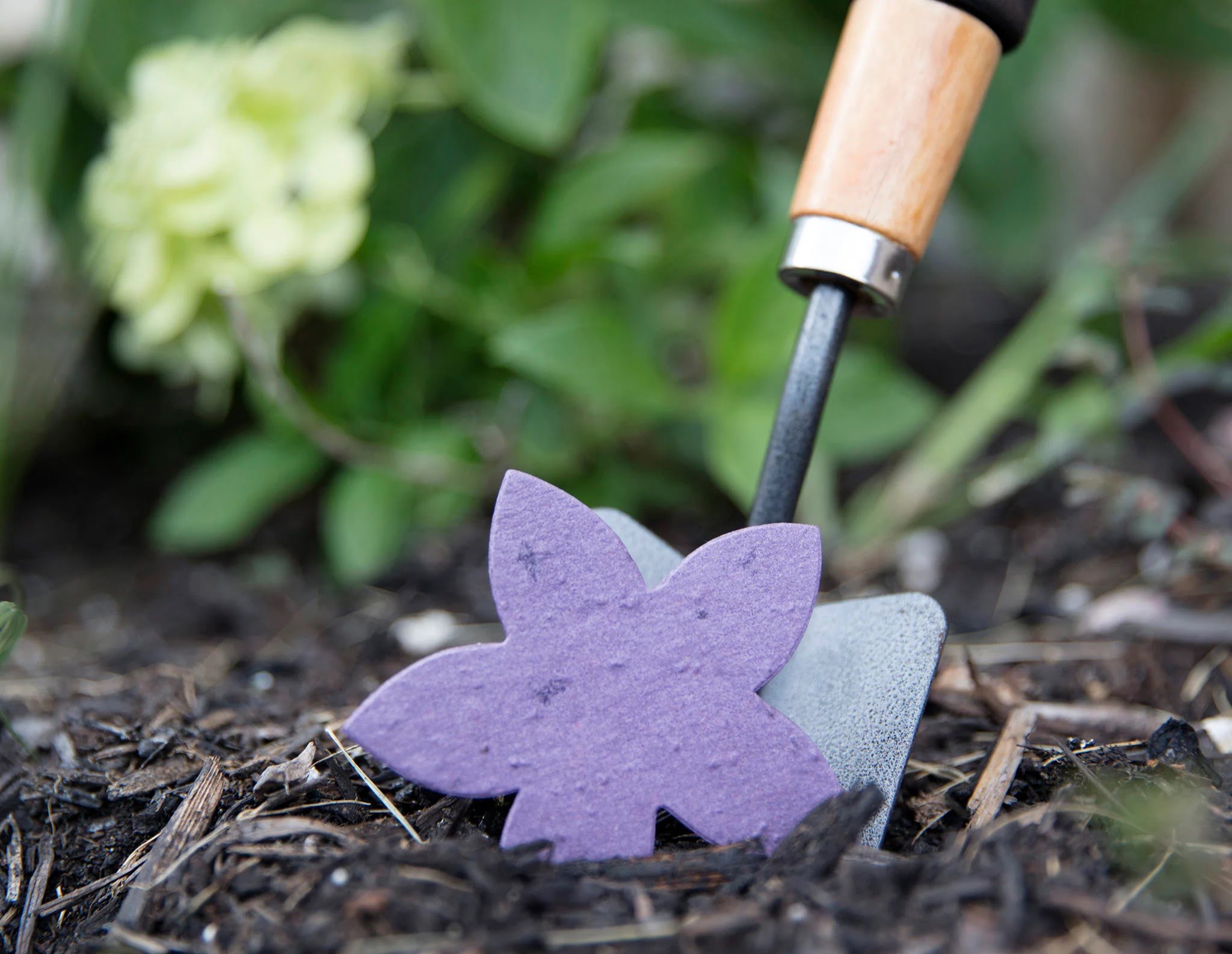
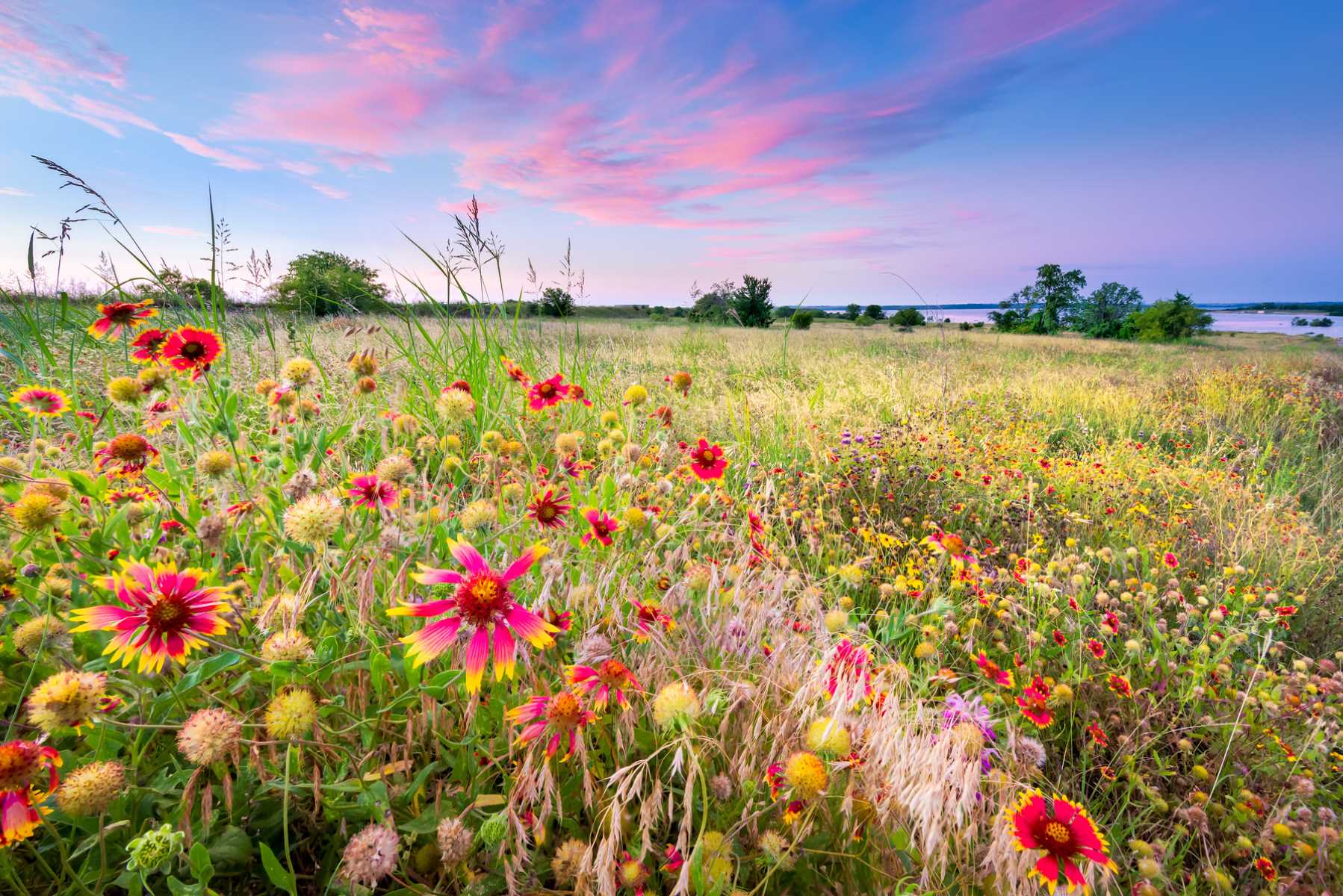
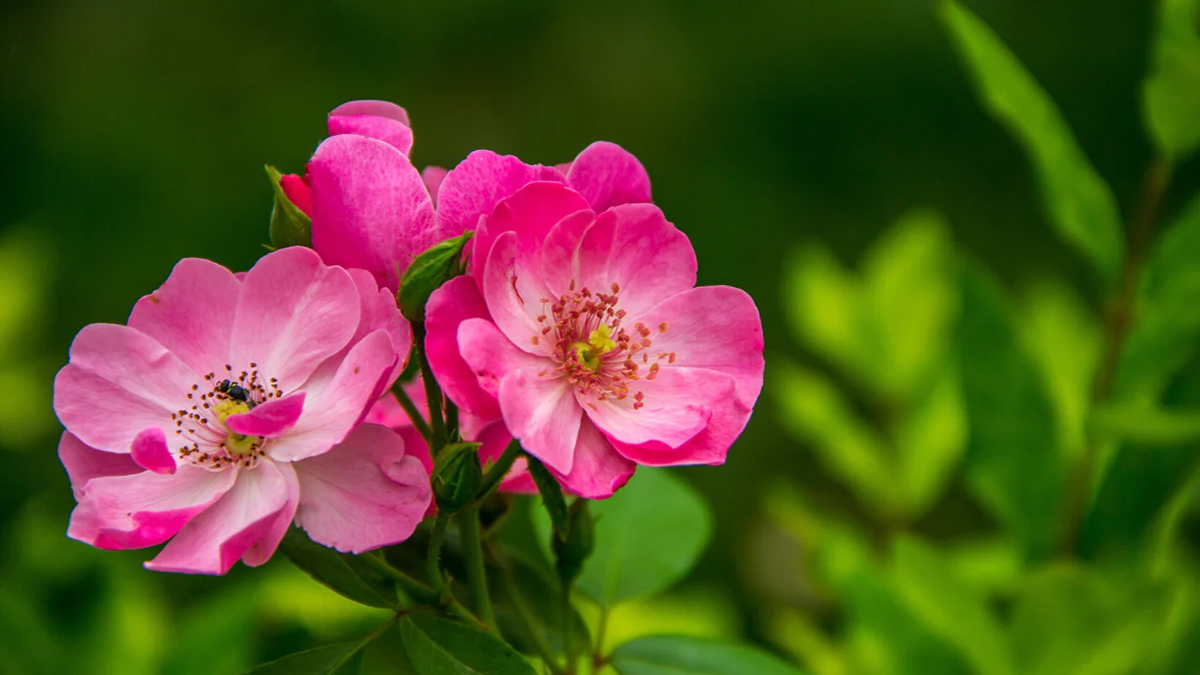

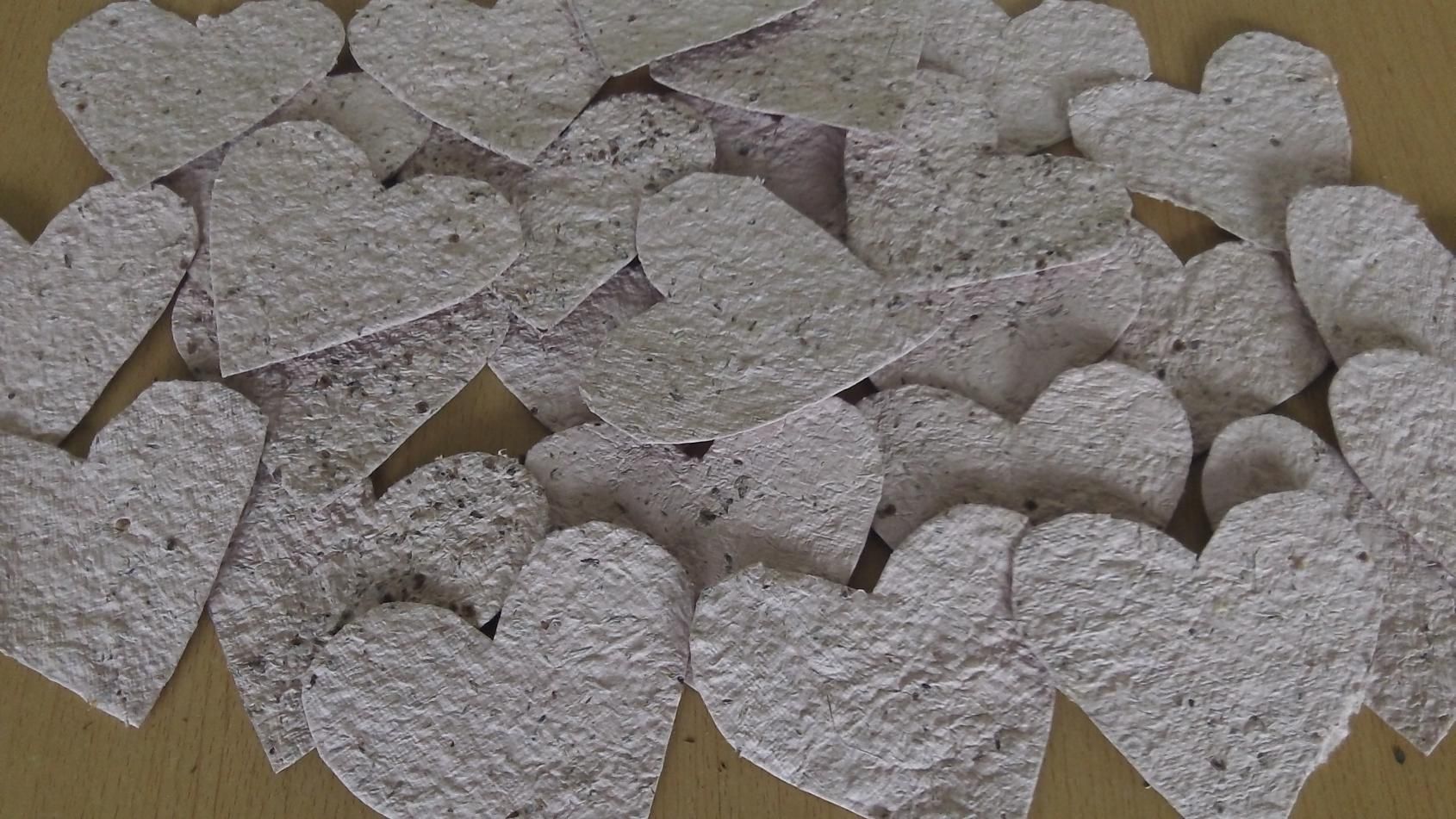
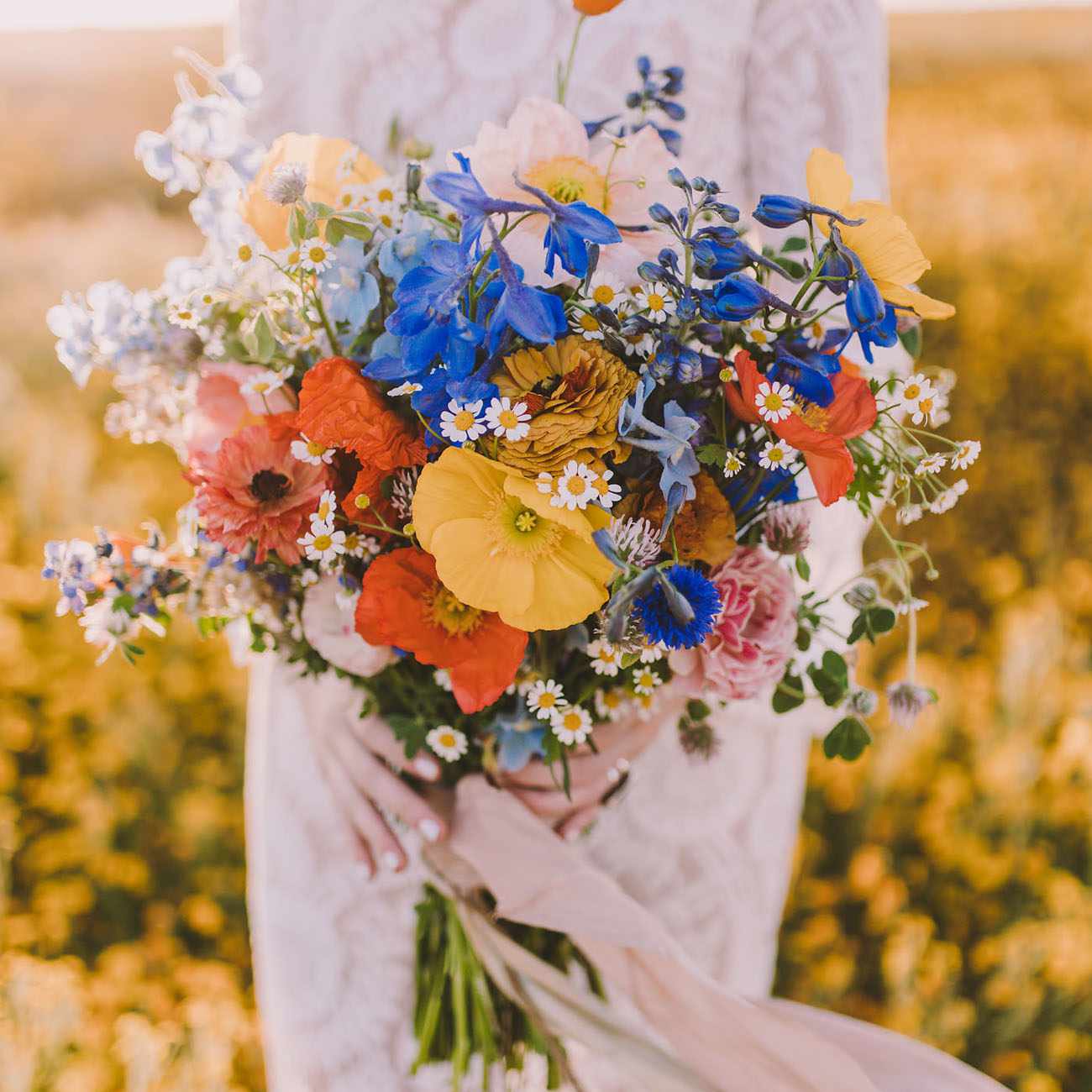
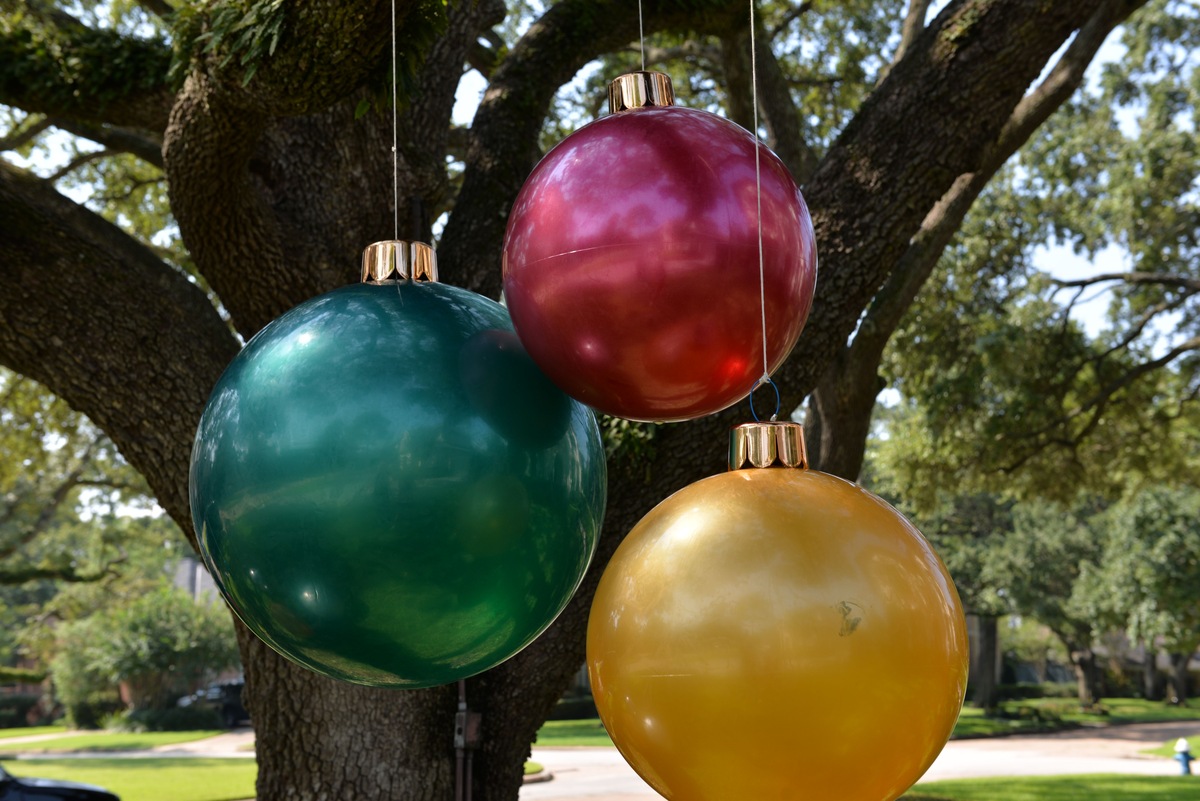
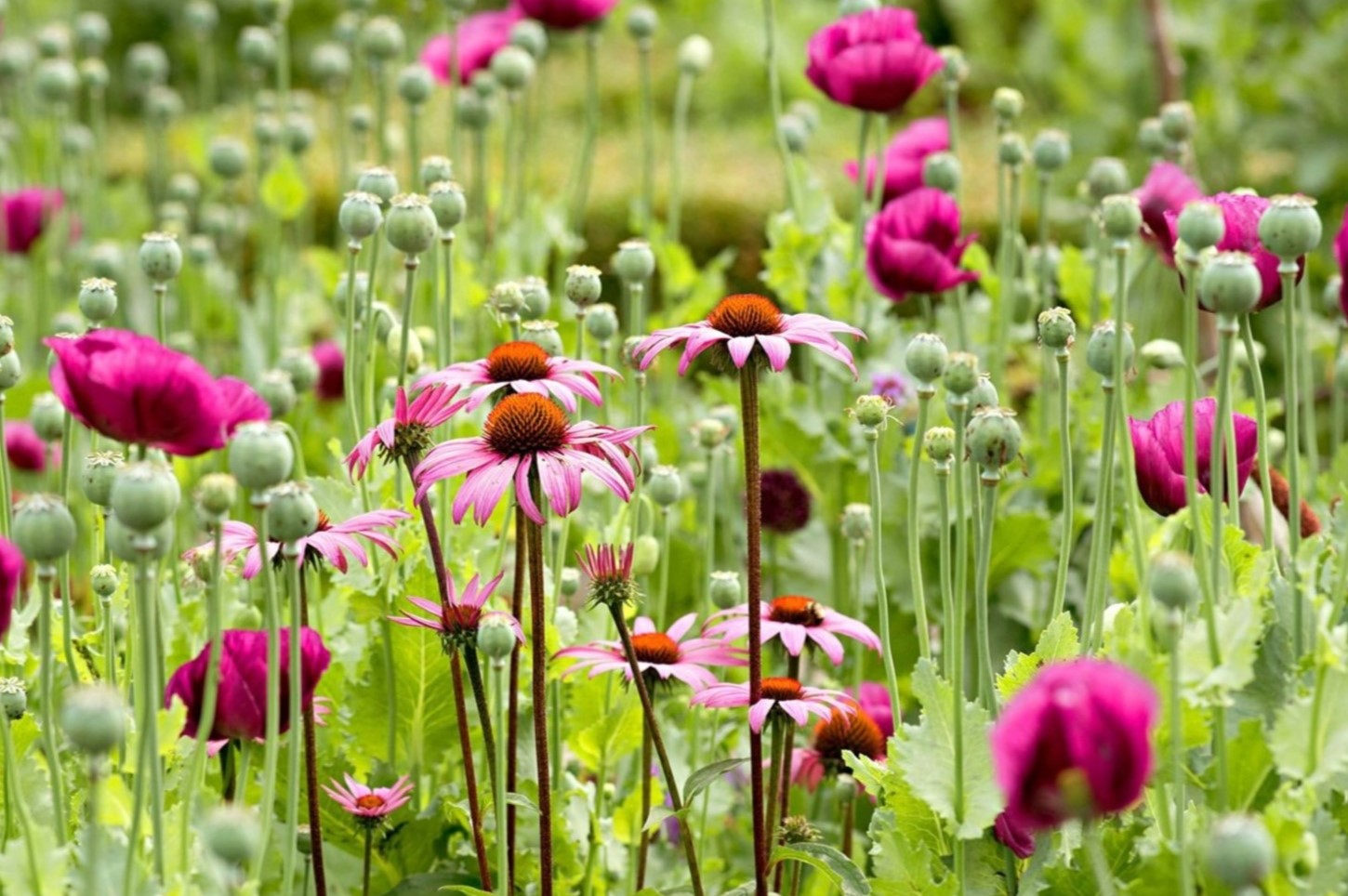
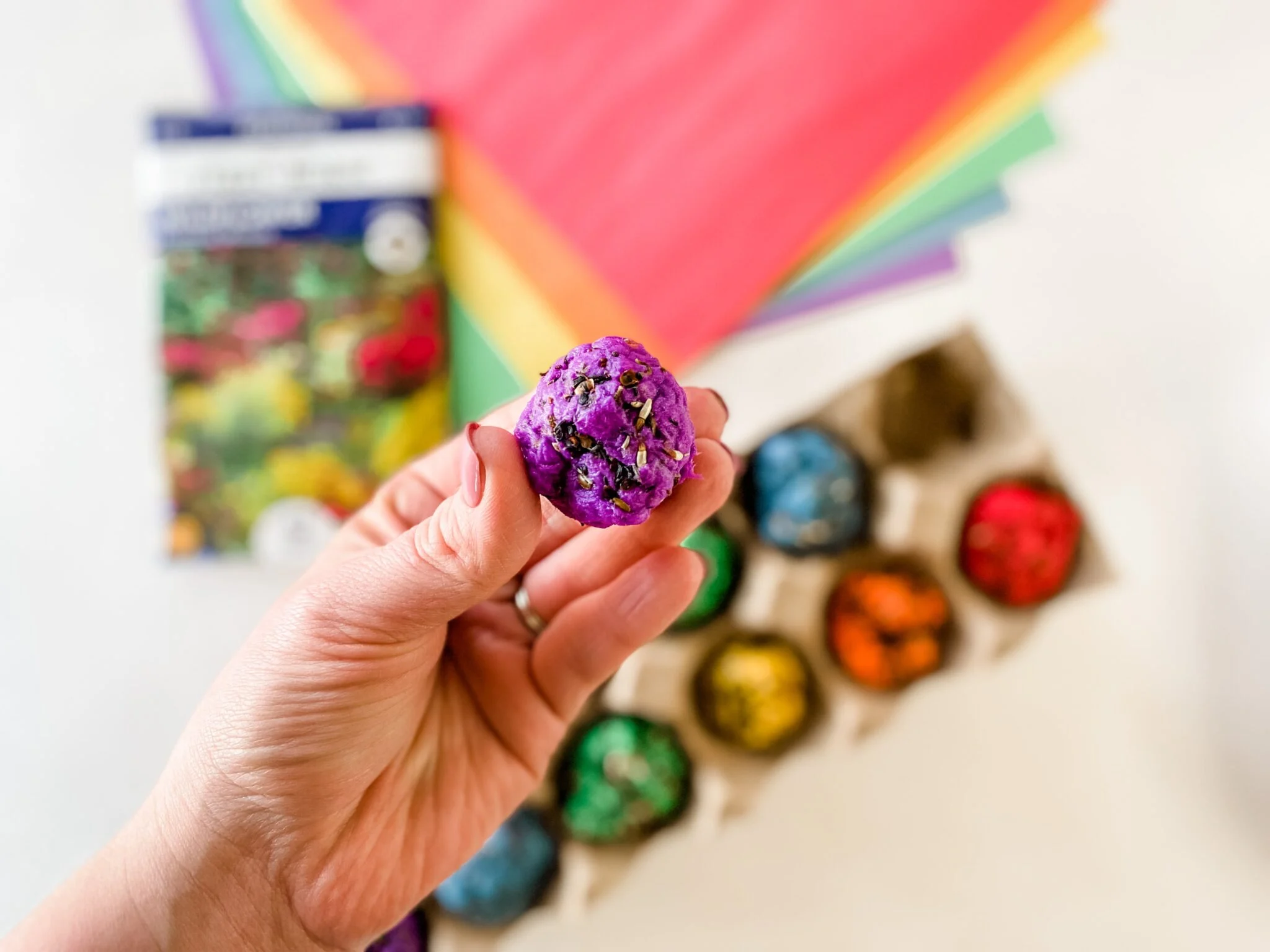
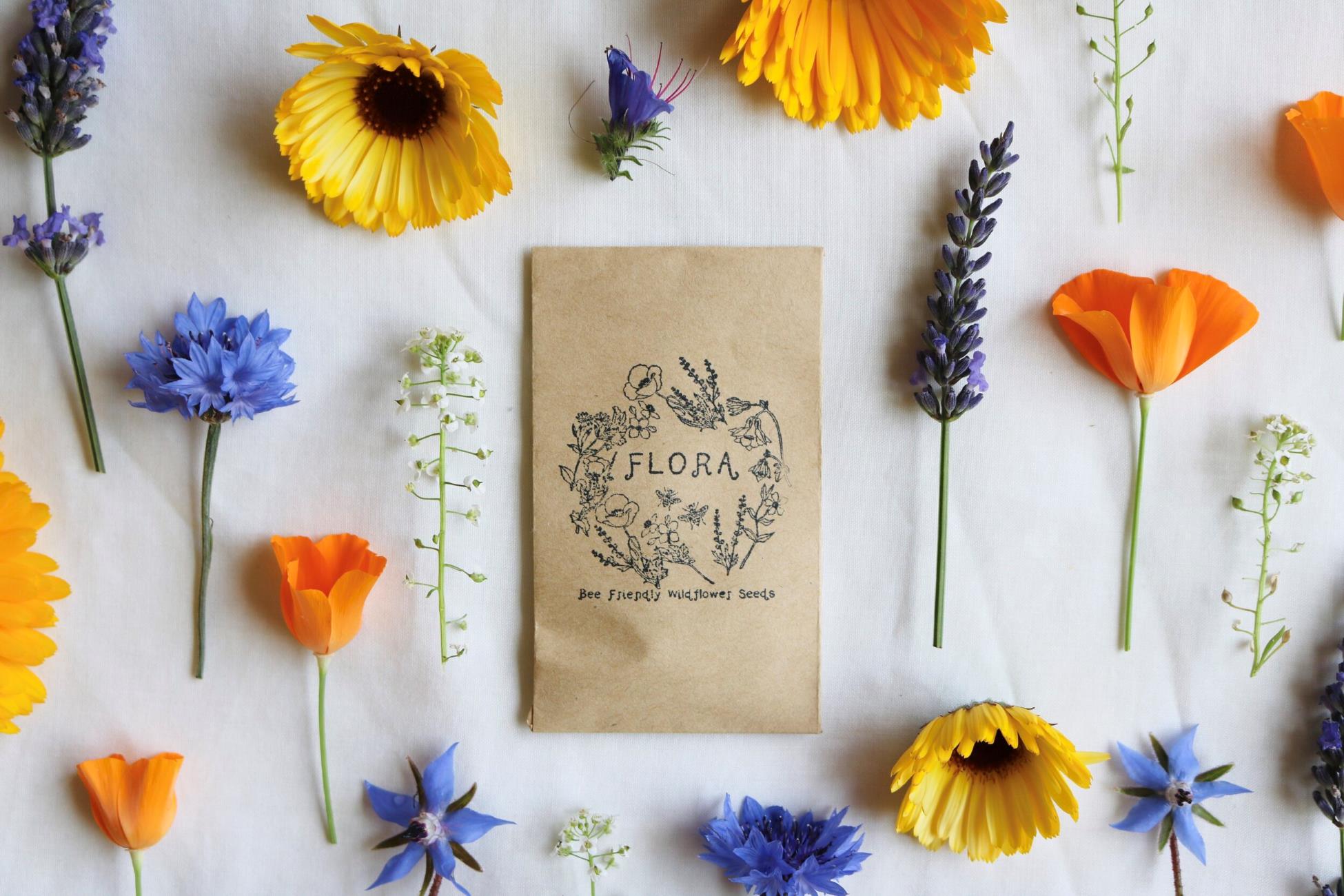
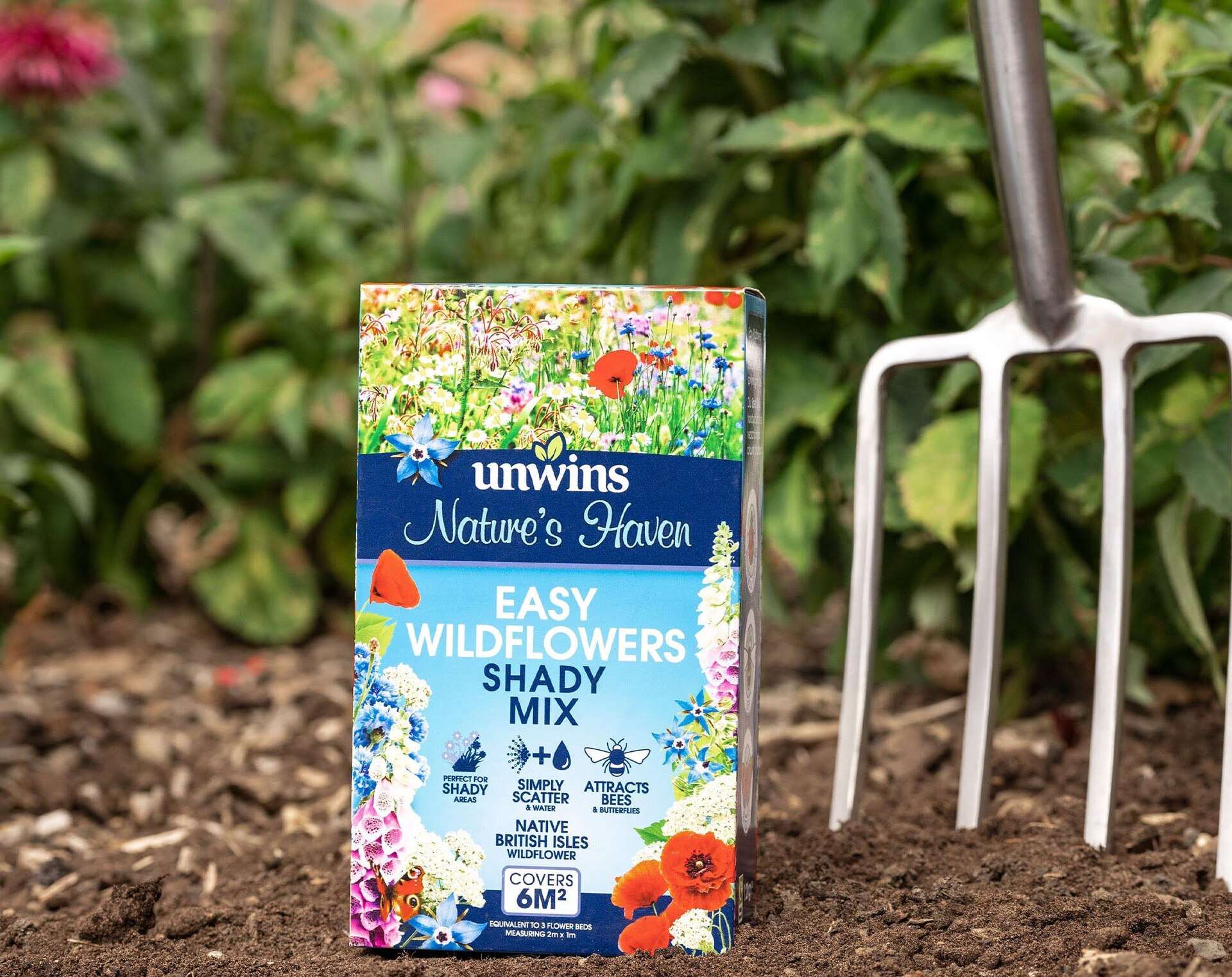
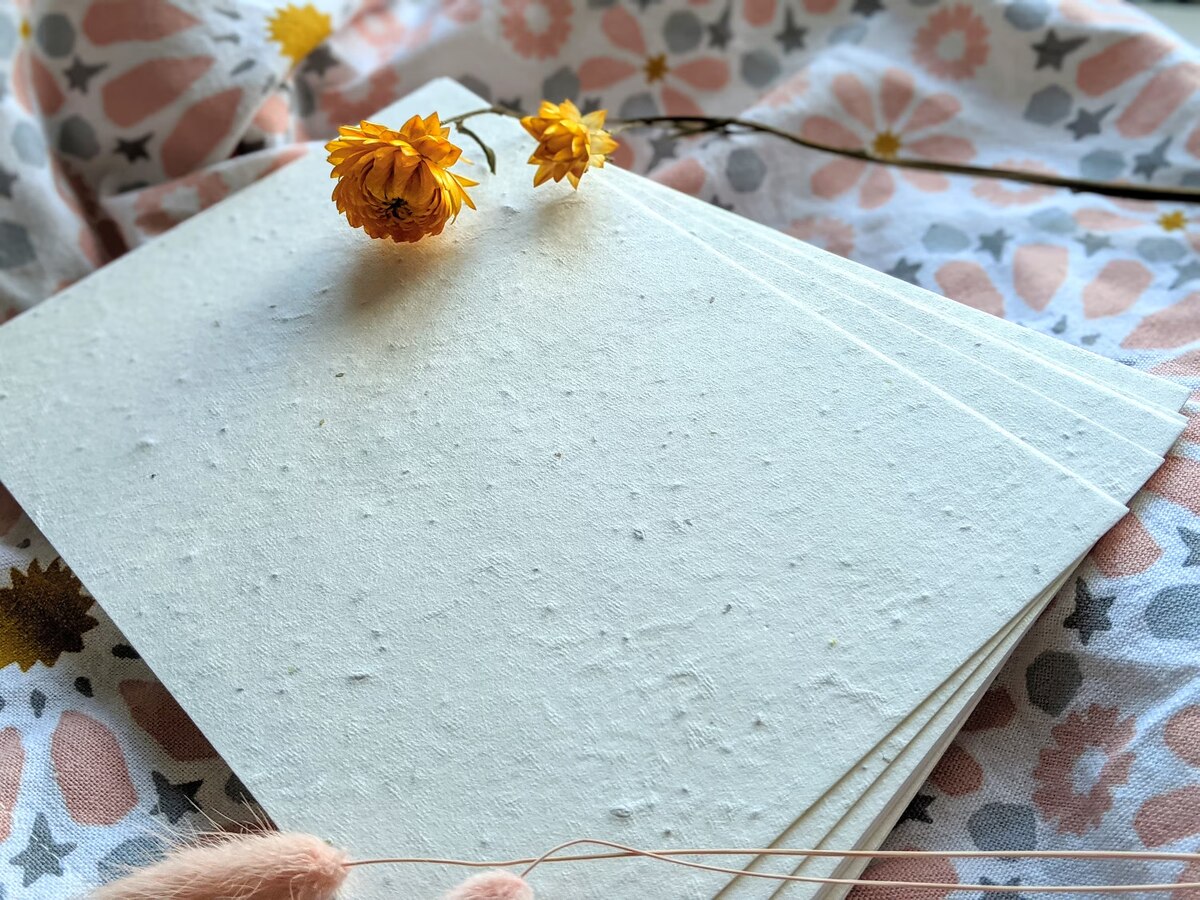
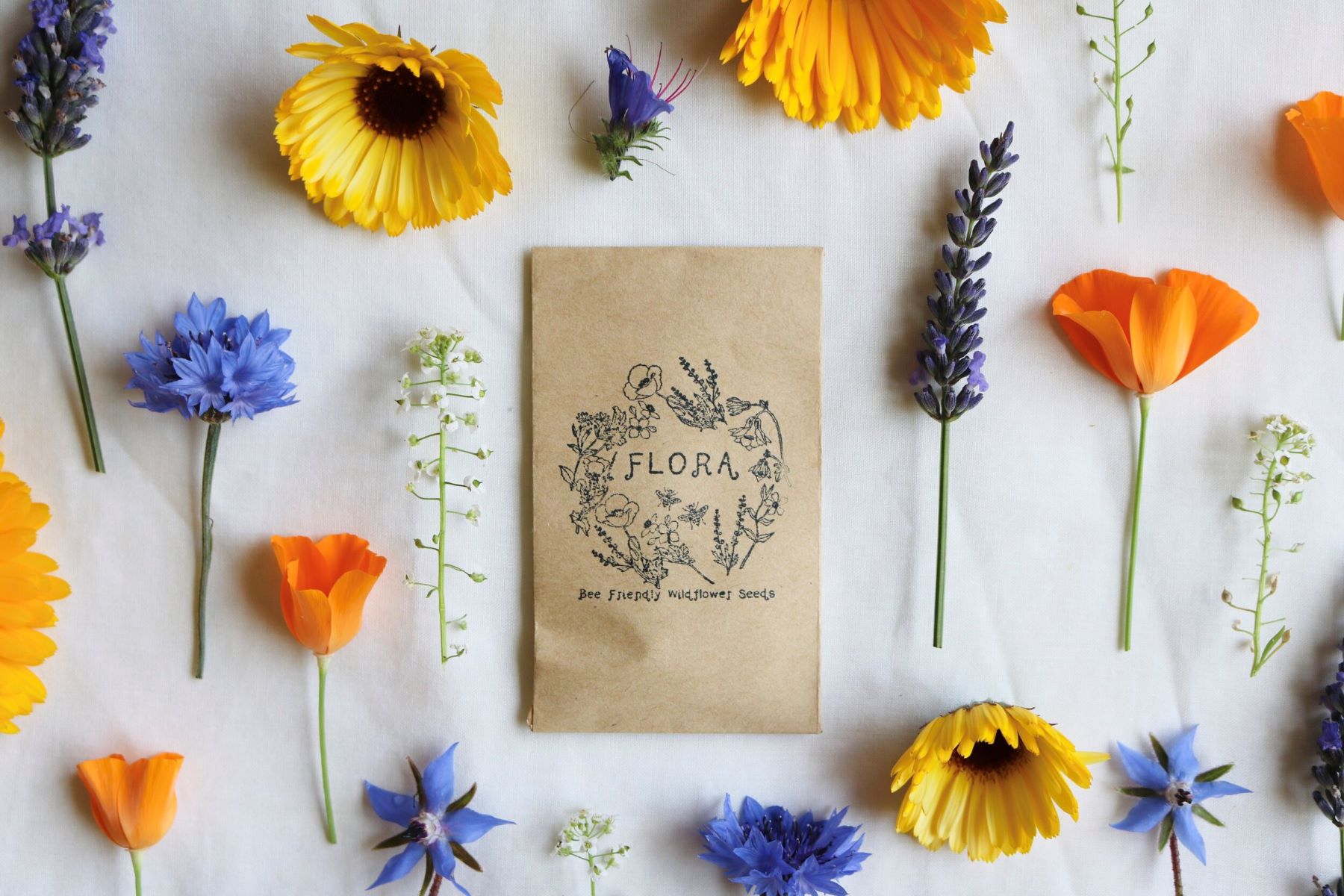
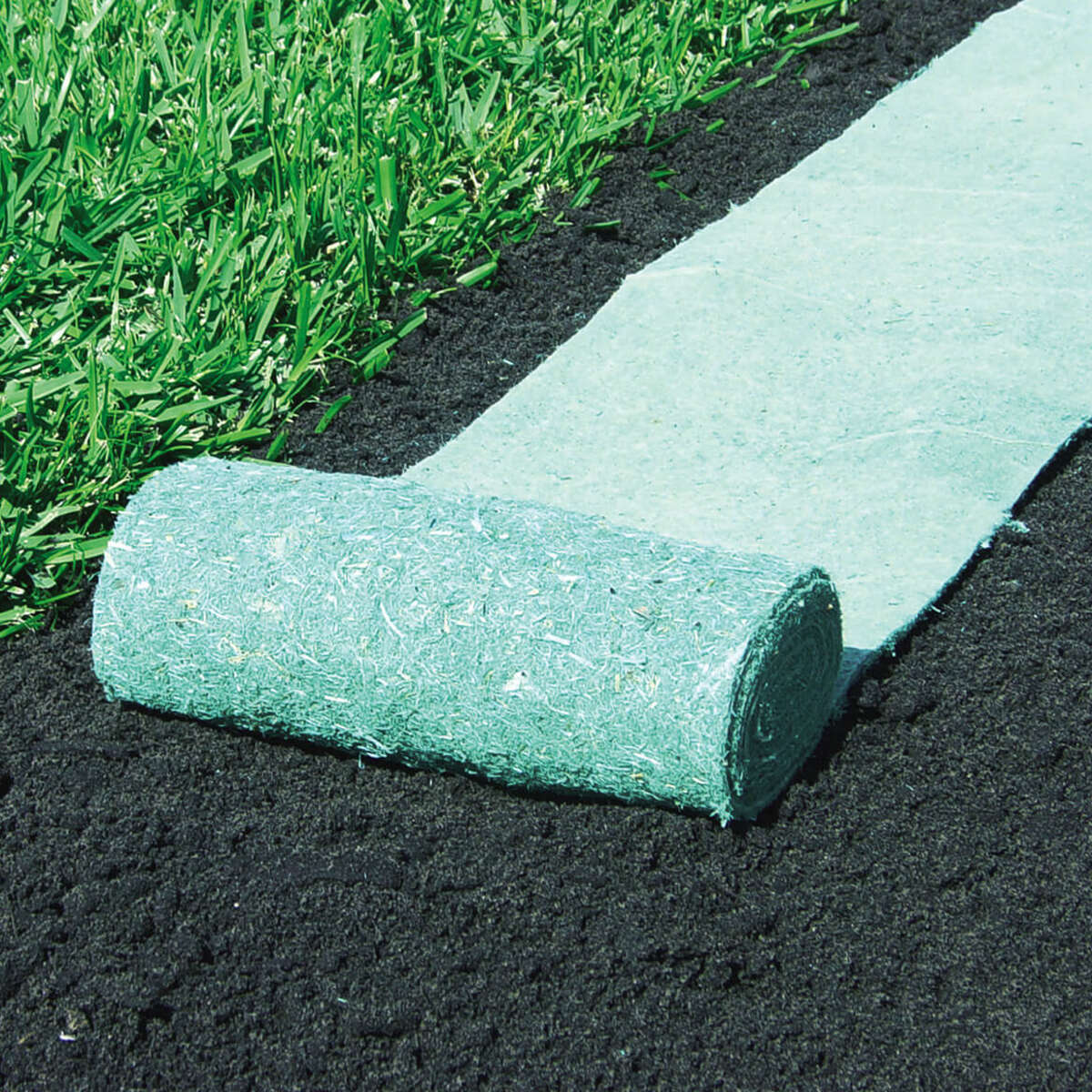

0 thoughts on “How To Make Wildflower Seed Balls”